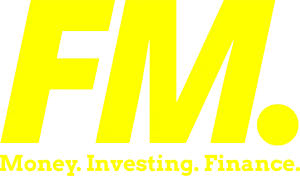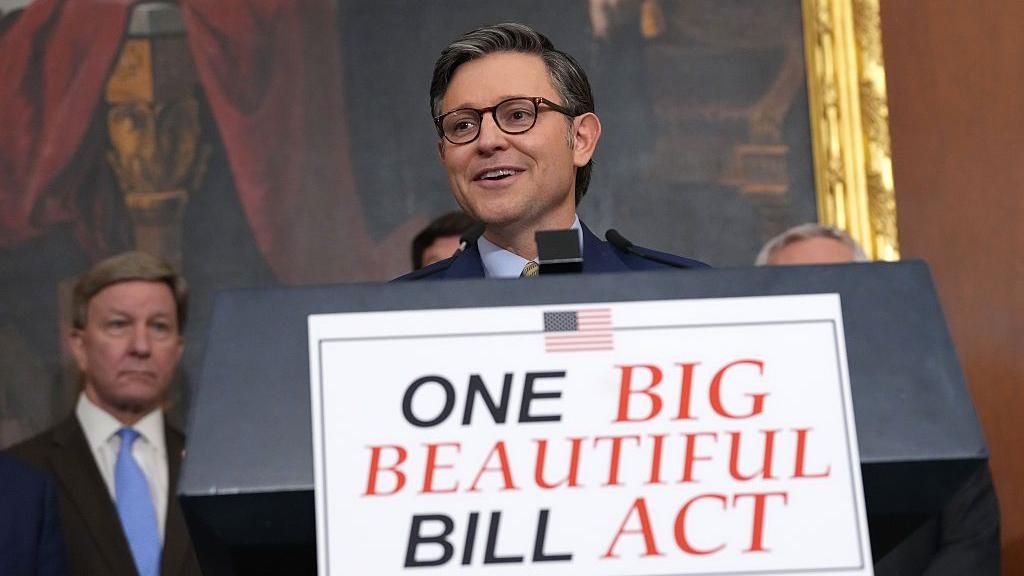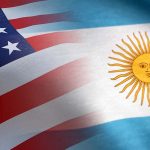Navigating Food Insecurity: Resources for SNAP Recipients Amidst "The One, Big, Beautiful Bill" Changes.
WASHINGTON D.C. – On July 4, 2025, President Trump signed "The One, Big, Beautiful Bill" into law, bringing significant reforms to federal programs, including the Supplemental Nutrition Assistance Program (SNAP). These changes are expected to affect millions of low-income individuals and families who count on SNAP to put food on the table, sparking serious worries about increased food insecurity across the nation.
"The mission of the program has failed: SNAP was intended to be temporary help for those who encounter tough times. Now, it has become so bloated that it leaves fewer resources for those who truly need help. We are committed to preserving SNAP for the truly needy," stated a White House memo published on June 29, 2025, laying out the administration's view on the program.
But advocates and food assistance organizations are raising the alarm. The Congressional Budget Office (CBO) estimates these changes will lead to a $287 billion reduction in federal spending on SNAP between 2025 and 2034, with over 2 million people potentially losing their benefits due to new work requirements.
"At the Atlanta Community Food Bank, we’re already serving nearly 250,000 households a month across 29 counties. Demand has increased by 60% over the past three years, largely due to inflation and the rollback of pandemic-era support," said Kyle Waide, CEO of the Atlanta Community Food Bank. He added, "Changes to SNAP that reduce the ability for those reliant on the program to purchase food will, undoubtedly, place increased strain on the Atlanta Community Food Bank as well as other food banks across the nation."
Adnan Rasool, Associate Professor of Political Science at the University of Tennessee at Martin, echoed this concern, stating, "With existing federal cuts to USDA programs, food banks are already scrambling to figure out how to stay afloat, so this entire situation is going to get tougher."
The bill also puts a greater financial load on states. George Carrillo, former Director of Social Determinants of Health for the state of Oregon, warned that this could "force cuts elsewhere, reduce services or drive some states to abandon the program entirely."
Key Changes to SNAP Under "The One, Big, Beautiful Bill" Act:
- Expanded Work Requirements: Able-bodied adults up to age 65 (formerly 54) are now subject to work requirements. Caregivers of children aged 14 and older are also no longer exempt.
- End of SNAP-Ed Grants: The National Education and Obesity Prevention Grant Program will stop after fiscal year 2025.
- Administrative Cost Shift: Starting in fiscal year 2027, states will need to cover 75% of SNAP administrative costs, up from the previous 50%.
- Stricter Eligibility for Noncitizens: Eligibility is now limited to U.S. citizens or nationals, lawful permanent residents, Cuban or Haitian entrants, or individuals lawfully residing under a Compact of Free Association.
- New Cost Penalties for Payment Errors: Beginning in fiscal year 2028, states face penalties for high payment error rates, with increasing cost-share requirements.
- Thrifty Food Plan (TFP) Changes: Adjustments to the TFP are now limited to once per year based on inflation (CPI-U), and re-evaluation of market baskets is not allowed until October 1, 2027.
Alternative Food Resources for Those Affected
If you're at risk of losing your SNAP benefits, several other resources can help bridge the gap and provide essential food assistance:
- Women, Infants and Children (WIC) Program: This federal program helps low-income pregnant individuals and those caring for children under six. Benefits include an EBT card for healthy food purchases, nutrition education, and breastfeeding support. Contact a local WIC agency to apply.
- School Meal Programs: The National School Lunch Program (NSLP) and School Breakfast Program (SBP) offer reduced-cost or free meals to eligible students in public schools, private schools, and residential child care institutions. Eligibility is based on household income or other factors like foster care, homelessness, or enrollment in federal assistance programs like Head Start.
- The Emergency Food Assistance Program (TEFAP): TEFAP provides free emergency food to low-income individuals through state agencies, which then distribute it to local organizations like food banks, soup kitchens, and food pantries. Contact your TEFAP state agency for more information.
- Senior Farmers' Market Nutrition Program (SFMNP): Low-income seniors aged 60 and older can get coupons to buy eligible foods at farmers' markets, roadside stands, and community-supported agriculture. Income limits apply (at or below 185% of the federal poverty level).
- Commodity Supplemental Food Program (CSFP): Another federal program for low-income seniors (age 60+), CSFP distributes food packages meant to add to their diets. Eligibility varies by state, with income limits at or below 150% of the Federal Poverty Income Guidelines.
- Meals on Wheels America: This program delivers meals to homebound seniors aged 60 and older who can't get or prepare their own meals. Beyond meal delivery, they offer community dining, pet food assistance, transportation, and nutrition counseling. Find a local provider on their website.
- Community Food Distribution Sites: Federal agencies provide food to state agencies, which then distribute it to local food distribution partners such as churches and food pantries. Many local organizations also hold food drives to support these sites. To find a nearby site, check your state's website for food resources or text FINDFOOD (or COMIDA for Spanish) to 888-976-2232.
If you're facing food insecurity and aren't sure where to start looking for help, you can always dial 211. This number connects you with trained community specialists who can provide information and referrals to local social services and assistance programs.
Frequently Asked Questions
What is "The One, Big, Beautiful Bill"?
"The One, Big, Beautiful Bill" is a nickname used by President Donald Trump for a significant piece of legislation he signed into law on July 4, 2025. It's a comprehensive bill that includes sweeping changes across various federal programs, notably permanent tax cuts from his 2017 term, substantial spending cuts to programs like Medicaid and SNAP, increased funding for border security and immigration enforcement, and a rollback of some green energy incentives. It also includes new tax breaks for tipped workers and overtime pay, and an increase to the Child Tax Credit.
What is the real name of "The One, Big, Beautiful Bill"?
"The One, Big, Beautiful Bill" is a descriptive name used by President Trump, but it is not its official legislative title. While the exact full legislative name might vary slightly depending on how it was formally introduced and passed, the bill is a broad, omnibus package dealing with tax, spending, and security policy. News reports and official statements often refer to it using the President's preferred moniker or as a "sweeping tax and spending bill" or "budget bill."
Latest Articles:
Beyond the S&P 500: Top-Performing ETFs to Watch in H2 2025
Liberation Day 2.0: Will Trump’s Tariff Threats Become Reality?
Identity Security in 2025: Why Your Digital Self Is the New Frontline
Best AI-Powered Investing Tools Right Now (June 2025)















